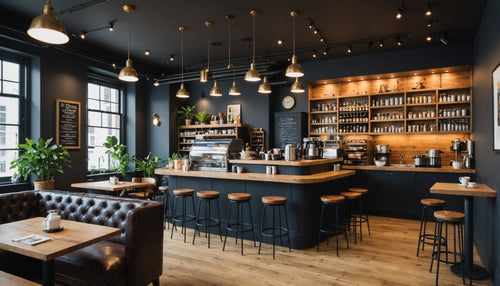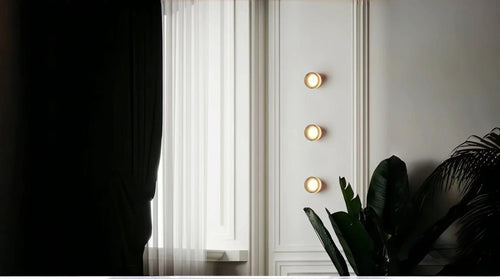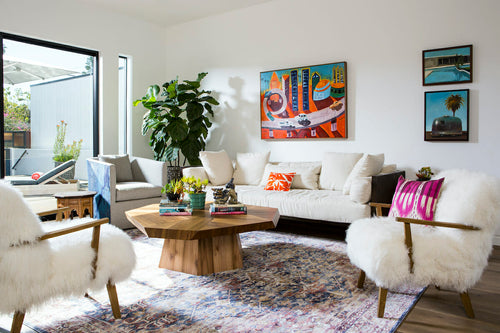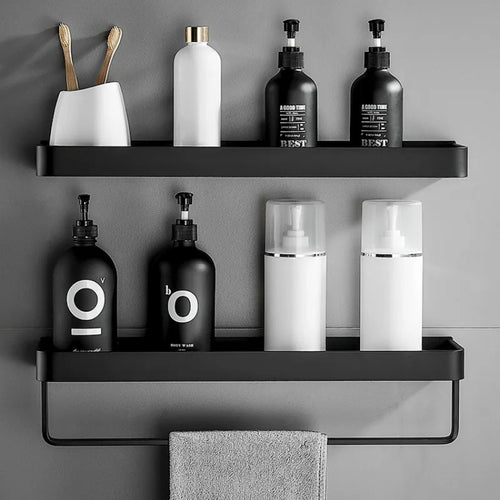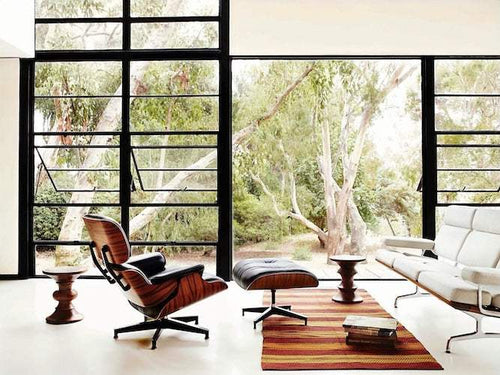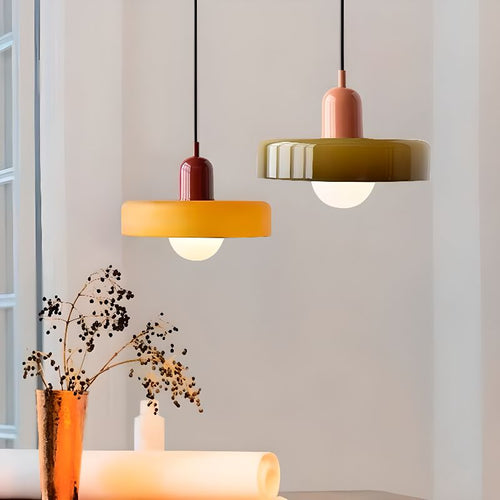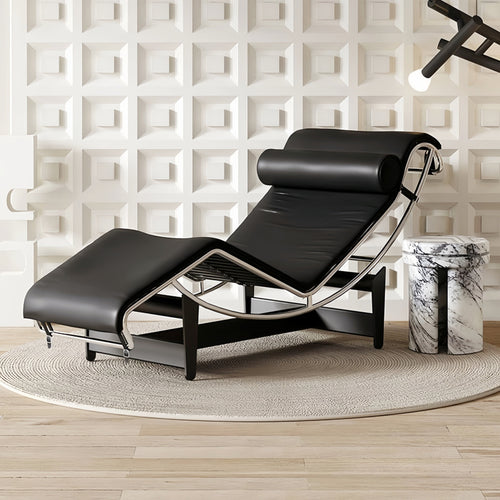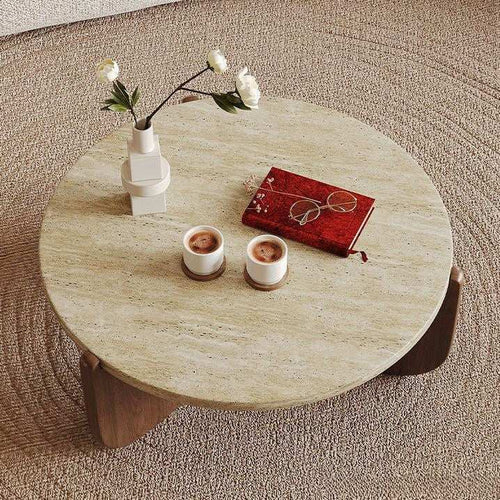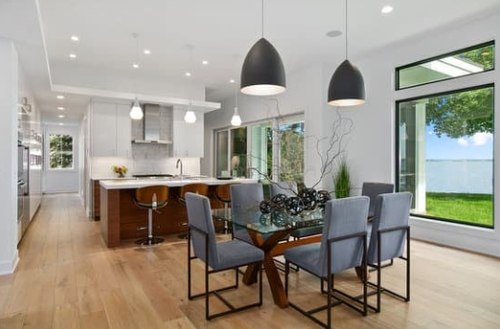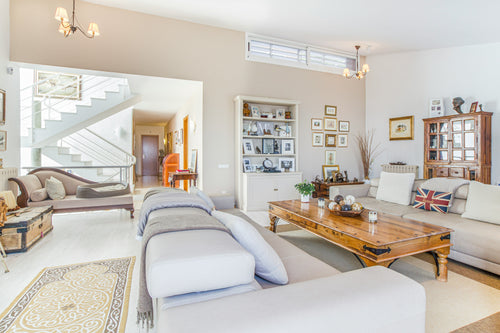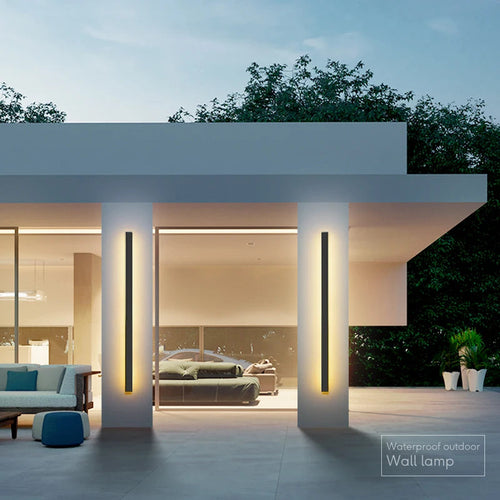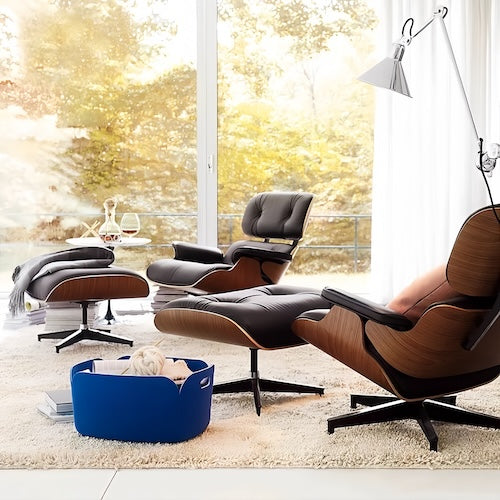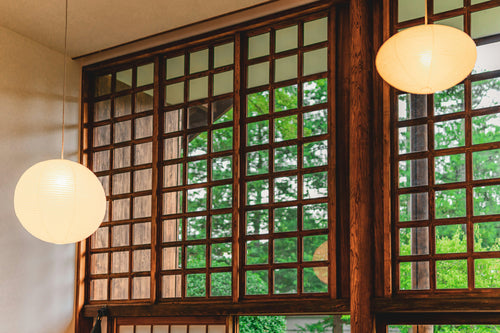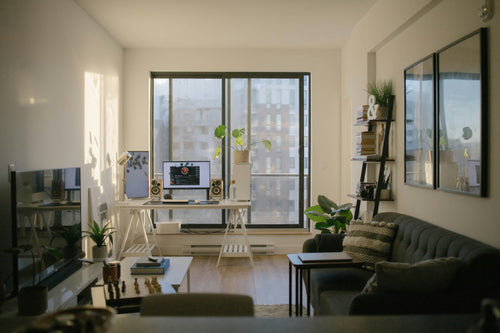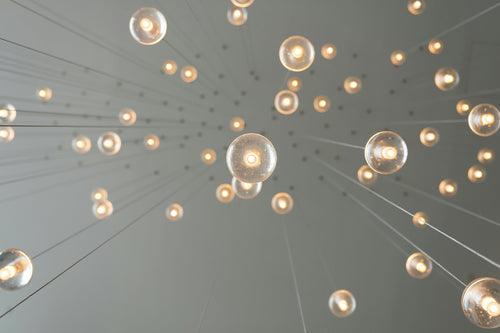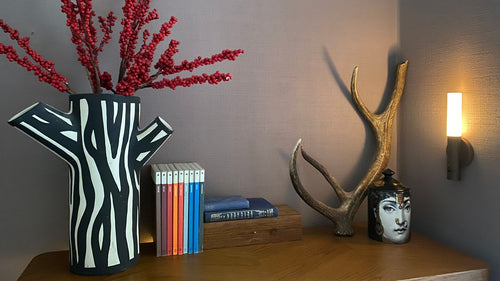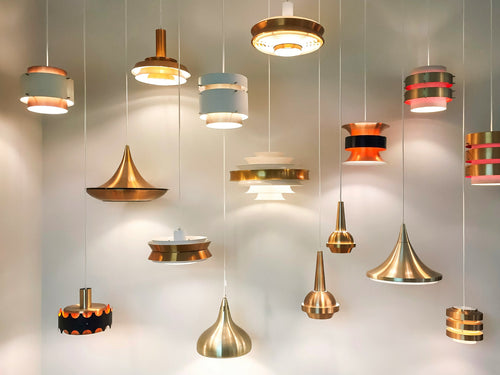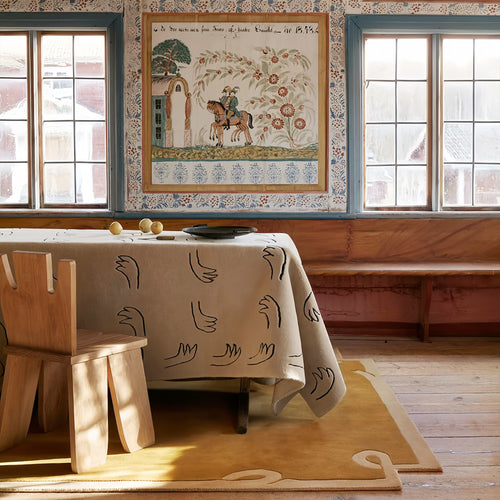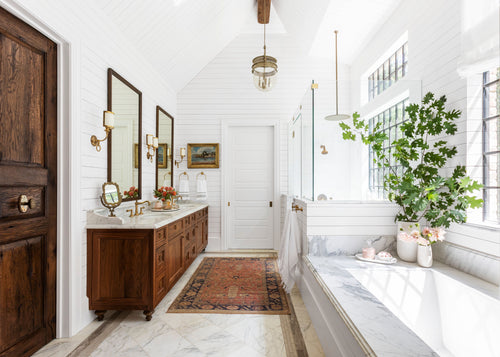Non-main lighting has grown in popularity in recent years. Is it really appropriate for your house?
In the absence of main lights, non-main lighting is the multi-interface, multi-level lighting technique of the ceiling, wall, and floor that combines points, lines, and surfaces to suit various space requirements. Small lights like spotlights, downlights, and light strips are often placed.
Its benefits include a more consistent light than main lighting, which was the first lighting technique, a fresher and simpler visual impression, and the ability to add layers and style to the whole room.
The following factors should be taken into account while installing non-main lighting:
1. Can a suspended ceiling be installed?
If there is no primary illumination, it is unnecessary to install a suspended ceiling. It is contingent upon the type of luminaire, including spotlights and downlights. No suspended ceiling is necessary if it is an exposed variety. A suspended ceiling is necessary if it is a built-in variety.
If the height is low, pick surface installation.
Surface mounting without main lights requires no high floor height. The downside is that the top shape is not consistent, there is no minimalist effect of embedded text, and the sensation of wide space is reduced.
Choose embedded if floor height permits.
After the ceiling and lighting are placed, the big area must be 2.6M and the tiny area 2.4M to avoid a sensation of tyranny. You may minimise ceiling thickness by choosing thinner embedded lighting. However, embedded type without main light illumination is impossible if the ceiling thickness is very small.
2. Is there enough budget?
Before decorating
The cost of integrated non-main lighting is mostly ceiling (material cost, design charge for planning and layout before decorating, ceiling construction fee) and lights. The project is more sophisticated and has more hidden expenses.
Main lighting costs more since the main lamp is easy to install. Main illumination is best for small budgets.
In usage
Damaged downlights, spotlights, light strips, etc. in non-primary lighting are harder to repair and replace than the main lamp. Thus, high-quality lighting are essential.
3. Evaluate the layout and construction
A relatively high level of illumination layout design is achieved without conventional primary lights. The lamps should be concealed to the greatest extent possible, and the light source should not be permitted to radiate directly into the eyes when in use. Additionally, the lights should be arranged in a hierarchy.
If the ultimate outcome is unsatisfactory or if any of the steps are incorrect, it will be extremely problematic and difficult to resolve. Consequently, the entire process is more time-consuming and laborious, necessitating a sufficient amount of energy and time, from design to construction.
4. More appropriate for huge areas
Small-area lighting
Small area lighting without main lights may make a place seem larger, yet one main light can frequently illuminate the whole space. Main light illumination is better for small spaces, single functions, and low floor height.
Large-area lighting
One main light is generally not enough for a broad region. You may pick main light + auxiliary light to satisfy each area's lighting demands and improve the ambiance and design.
The key benefit of no main light illumination is its lighting design, which makes the layered lighting warmer and softer and lasts longer.
What lights should I use at home?
Lighting fixtures rely on spatial objective circumstances. No fashion influence needed while choosing. Consider expressing that the most suited is the best instead of the most popular.




